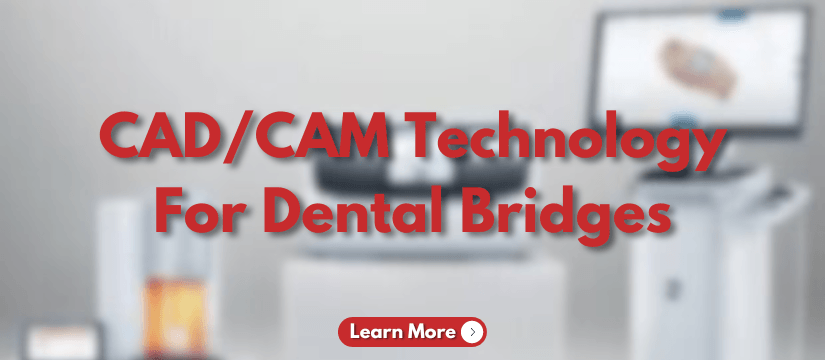
In the world of dentistry, technological advancements have played a significant role in transforming the way dental treatments are planned, designed, and executed. One such innovation that has revolutionized dental care is Computer-Aided Design and Computer-Aided Manufacturing (CAD/CAM) technology. This state-of-the-art technology has opened up new possibilities for precision, efficiency, and aesthetics in dental procedures. In this blog post, we will explore the benefits and applications of CAD/CAM technology in the field of dentistry.
CAD/CAM technology involves the use of specialized software and hardware to digitally design and manufacture dental restorations, such as crowns, bridges, veneers, inlays, and onlays. Let’s delve into some of the key advantages of this technology:
Accurate and Precise:
CAD/CAM technology eliminates the need for traditional manual impressions and the associated inaccuracies. Instead, digital scans of the patient’s teeth are taken using an intraoral scanner. These digital scans provide highly accurate and precise 3D models of the patient’s teeth, enabling dentists to design restorations with utmost precision.
Efficient Workflow:
CAD/CAM technology streamlines the entire dental workflow, reducing the time required for each treatment. With the digital scans, dentists can design restorations chairside, eliminating the need for sending impressions to an external dental laboratory. This significantly reduces the turnaround time for patients, as restorations can be fabricated in a single dental visit, rather than over multiple appointments.
Enhanced Patient Experience:
The use of CAD/CAM technology provides patients with a more comfortable experience. Instead of the traditional impression materials that can be messy and uncomfortable, digital scans are quick, non-invasive, and eliminate the discomfort associated with traditional impressions. Furthermore, the ability to complete restorations in a single visit saves patients from the inconvenience of multiple appointments.
Aesthetics and Customization:
CAD/CAM technology allows dentists to customize restorations to match the natural aesthetics of the patient’s teeth. The software provides a range of tools to manipulate the digital design, ensuring that the final restoration blends seamlessly with the patient’s existing dentition. This level of customization enhances the overall aesthetics of the restoration, resulting in a more natural and pleasing smile.
Durable and High-Quality Restorations:
CAD/CAM restorations are fabricated from high-quality materials, such as ceramic or zirconia, which offer excellent durability and longevity. The digital design and milling processes ensure that the restorations are precisely fabricated, resulting in an optimal fit and function. This leads to improved longevity and reduced chances of complications or failures.
Compatibility with Implant Dentistry:
CAD/CAM technology is particularly beneficial in implant dentistry. Through digital planning and guided surgery, dental implants can be precisely placed in optimal positions, improving the success rate of implant procedures. CAD/CAM technology also allows for the fabrication of custom implant abutments, which ensures a precise fit and natural-looking results.
In conclusion, CAD/CAM technology has transformed the field of dentistry by providing accurate, efficient, and aesthetically pleasing dental restorations. With its numerous benefits, including precise digital scans, efficient workflow, enhanced patient experience, customization options, and high-quality restorations, CAD/CAM technology has become an integral part of modern dental practices. Embracing this technology allows dentists to provide their patients with exceptional care, improved outcomes, and beautiful smiles.
